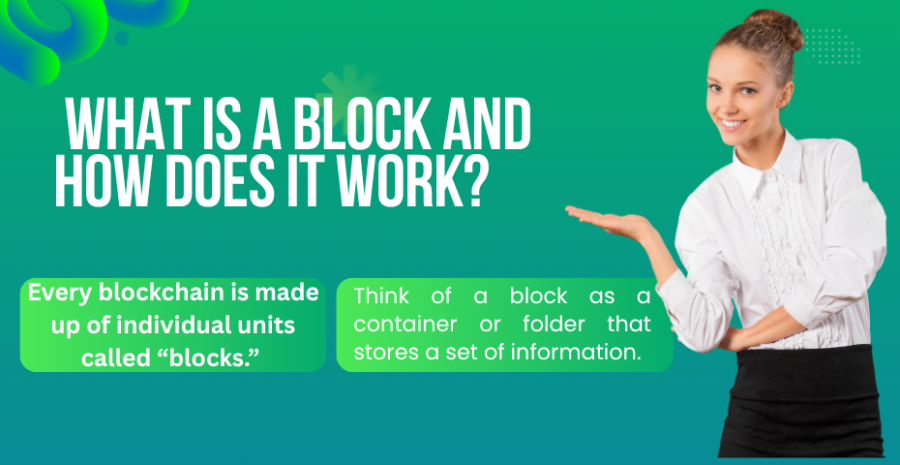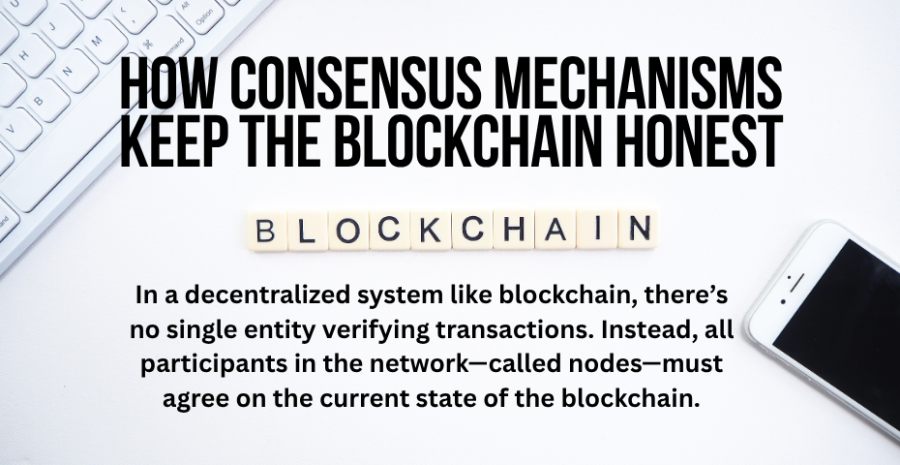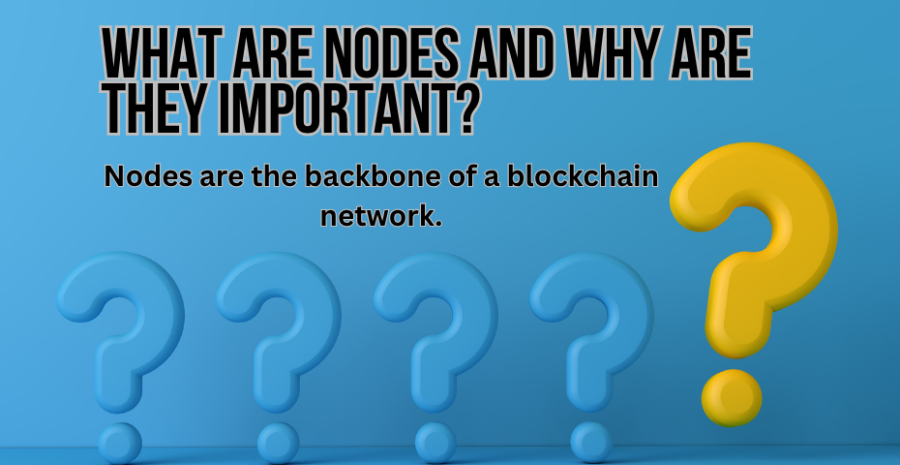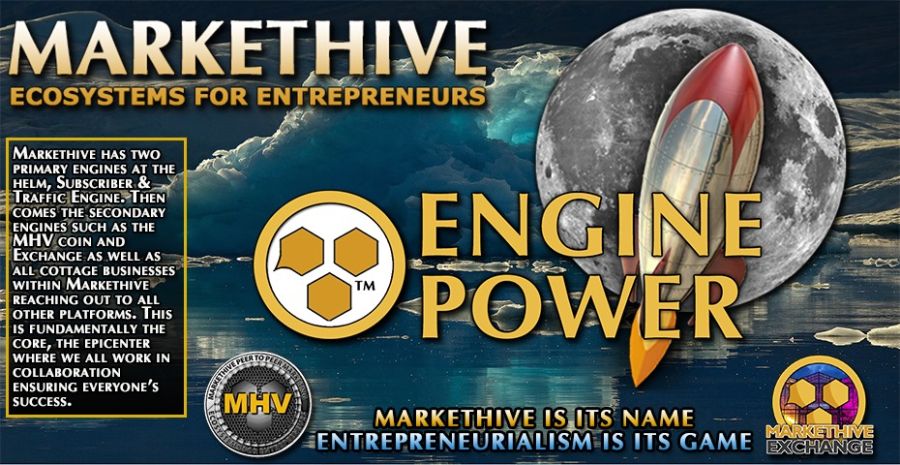Deep Dives into Blockchain Technology: Explain the Technical Aspects of Blockchain in a Way That's Easy to Understand

Introduction
Blockchain technology has become one of the most talked-about innovations of the digital age, yet for many, its inner workings remain shrouded in mystery. While terms like decentralization, consensus algorithms, and distributed ledgers are thrown around frequently, the actual structure and function of blockchain can feel like a complex puzzle.
Still, understanding the fundamentals of blockchain is vital, not only for crypto investors but also for entrepreneurs, developers, and curious minds looking to stay ahead of the curve. At its core, blockchain is a digital ledger that is secure, transparent, and immutable.
But how does it really work? What makes it trustworthy? How do blocks get validated, and why can't they be tampered with? These are the types of questions that need clear and accessible answers.
Rather than getting lost in jargon, this blog will take you on a guided journey through the essential components of blockchain technology, breaking down each concept into digestible chunks. We’ll walk through how data is stored in blocks, how these blocks are linked, the role of consensus mechanisms, and why decentralization makes blockchain so powerful.
We'll also touch on the role of miners and nodes, smart contracts, and the real-world applications that are leveraging this technology today. You’ll see how a blockchain grows over time, why it’s incredibly secure, and what makes it a game-changer in everything from finance to supply chains to identity verification.
This blog is not just for tech enthusiasts but also for entrepreneurs, marketers, and anyone seeking to understand the backbone of the cryptocurrency revolution. Whether you’re exploring Bitcoin, Ethereum, or a host of other blockchain platforms, having a solid understanding of the technical underpinnings can help you make better decisions and participate more confidently in this new digital economy.
With a simplified yet accurate approach, we’ll uncover the hidden layers of blockchain, helping you move from buzzwords to clarity.
Ready to decode the chain?
Let’s dive into the heart of blockchain technology with seven core technical concepts made simple.
1. What Is a Block and How Does It Work?

Every blockchain is made up of individual units called “blocks.” Think of a block as a container or folder that stores a set of information.
Each block contains three key parts: the data (which could be transaction details or any digital record), a timestamp, and a unique identifier called a hash. The hash is a long string of letters and numbers generated by a cryptographic function, and it serves like a digital fingerprint for the block.
If any data within the block changes, the hash also changes, instantly signaling tampering. This hash function is one of the primary reasons why blockchain is so secure—it ensures the integrity of the data inside.
Once a block is filled with transactions, it is added to the chain in a linear, chronological order. Each new block also contains the hash of the previous block, creating a secure, unbreakable link.
This chaining effect means that to alter any one block, an attacker would have to change every block after it across all versions of the chain, which is nearly impossible.
That’s the genius of blockchain—it builds security and transparency right into the structure.
2. The Role of Cryptographic Hashing in Blockchain

Hashing is the unsung hero of blockchain technology. A hash function takes an input—any length of data—and returns a fixed-length string of characters.
In blockchain, the SHA-256 (Secure Hash Algorithm) is commonly used. It converts all transaction data within a block into a unique 64-character code.
Even a tiny change in the original data will result in a completely different hash, making it obvious when data has been altered. What makes hashing so powerful is that it’s deterministic (the same input always gives the same output), fast to compute, and extremely difficult to reverse.
You can’t figure out the input just by looking at the hash. This means that blockchains don’t store actual transaction data in an easily readable way—they store its fingerprint.
This keeps data compact, secure, and efficient to validate. Hashing also plays a key role in linking blocks together, ensuring that if someone tries to alter one block, all subsequent blocks break, alerting the network to potential fraud.
3. How Consensus Mechanisms Keep the Blockchain Honest

In a decentralized system like blockchain, there’s no single entity verifying transactions. Instead, all participants in the network—called nodes—must agree on the current state of the blockchain.
This is achieved through a consensus mechanism. The two most popular ones are Proof of Work (PoW) and Proof of Stake (PoS). PoW requires participants (miners) to solve complex mathematical problems to validate a block. It’s energy-intensive but incredibly secure.
PoS, on the other hand, selects validators based on the amount of cryptocurrency they “stake” or lock up as collateral. This method is more energy-efficient and gaining popularity, especially in newer blockchains like Ethereum 2.0.
These mechanisms prevent double-spending and fraudulent changes, ensuring that everyone agrees on the same version of the ledger. Without consensus algorithms, a blockchain wouldn’t function.
They’re the democratic engines that maintain order, validate truth, and protect against fraud in an open network.
4. What Are Nodes and Why Are They Important?

Nodes are the backbone of a blockchain network. A node is any computer that connects to the blockchain and helps maintain the distributed ledger.
Some nodes store the entire blockchain history (called full nodes), while others may only hold partial data (light nodes).
Every time a transaction occurs, nodes validate it and broadcast the information across the network.
They play a crucial role in consensus, block propagation, and decentralization.
Since the blockchain is replicated across thousands of nodes worldwide, it becomes virtually impossible to take down or manipulate.
Even if several nodes fail or are attacked, the system continues to operate smoothly, thanks to redundancy.
This distribution also means there’s no central point of failure, and no single party can control the network.
It’s a trustless system—nodes don’t need to trust one another; they follow protocol rules and math to verify the truth.
5. The Power of Smart Contracts

Smart contracts are self-executing programs that run on the blockchain. They automatically carry out terms written into code when specific conditions are met.
For example, a smart contract can be used in a crowdfunding scenario: if enough money is raised, funds are released to the project creator. If not, contributors get refunded. No middleman, no delays.
These contracts live on platforms like Ethereum and allow for decentralized applications (dApps) to function.
Because they’re on the blockchain, smart contracts are transparent, immutable, and secure. Once deployed, they can’t be altered without consensus, which ensures that rules are followed exactly as coded.
This automation reduces friction, cuts down costs, and opens up new business models in finance, insurance, real estate, and beyond.
Smart contracts are essentially the digital lawyers and accountants of the blockchain world, enforcing agreements without human intervention.
6. What Makes Blockchain Immutable and Secure?

Immutability means once data is written to the blockchain, it can’t be changed. This is achieved through a combination of hashing, consensus, and decentralization.
When a block is created, it contains the hash of the previous block and a timestamp. If someone tries to alter data in a block, its hash changes, breaking the link to the next block.
Because every node in the network holds a copy of the blockchain, any alteration has to be accepted by the majority—an unlikely event unless the attacker controls over 50% of the network’s power (known as a 51% attack).
Additionally, cryptographic algorithms make it computationally unfeasible to forge data. Every transaction is verified and timestamped, creating a permanent audit trail.
This makes blockchain ideal for applications where data integrity and transparency are critical, such as voting, healthcare, and financial systems.
7. Real-World Applications of Blockchain Technology

While blockchain is best known for powering cryptocurrencies like Bitcoin and Ethereum, its applications extend far beyond digital money. In supply chain management, it offers full product traceability from origin to consumer.
In healthcare, patient records can be stored securely and accessed only with proper authorization. Voting systems on blockchain ensure transparency and eliminate fraud.
Financial institutions are using blockchain to settle transactions in seconds instead of days. Governments are exploring blockchain for identity verification, tax tracking, and land registry. NFTs (non-fungible tokens) are transforming art and media ownership.
Even gaming and metaverse environments are using blockchain to provide asset ownership and in-game economies.
The common thread is trust through transparency and efficiency through automation.
Blockchain isn’t just a technological trend—it’s the infrastructure for a new internet era.
8. Markethive: It delivers a Complete Ecosystem all Built within the Blockchain.

MarketHive is an entrepreneurial social marketing platform with the combined strength of LinkedIn, Amazon, Facebook and Marketo.
Markethive is pioneering a new approach to cryptocurrency transactions and advertising.
Markethive is quickly emerging as a next-generation utility token designed to power a self-sustaining ecosystem for entrepreneurs, freelancers, and content creators.
Built to serve as the fuel of Markethive’s Web3-based social market network, Hivecoin is now taking full advantage of the Solana blockchain to deliver faster, cheaper, and more scalable transactions to its global user base.
By leveraging Solana’s ultra-efficient Proof-of-History and Tower BFT consensus mechanisms, Markethive enables
The Hivecoin (HVC): The Premium Transactional Crypto Coin
.png)
HiveCoin ( HVC), powering the Markethive Ecosystem, is a premium transactional token traded on significant cryptocurrency exchanges. HVC serves as a utility token with a wide range of uses, including payment processing, exchange transactions, smart contract execution, and commerce token integration, in addition to its primary function within the Markethive ecosystem.
Users are rewarded with Markethive's coin for joining, participating, and using the platform's products and services.
Hivecoin's value is derived from its wide range of practical applications and extensive adoption rather than speculation. Its versatility and utility are evident in the diverse array of sought-after products and services it offers entrepreneurs and businesses.
These offerings support a broad spectrum of use cases, including publishing, sponsored articles, press releases, broadcasts, banner ads, video ads, and digital advertising on cryptocurrency faucet sites, news sites, the Bounce, the upcoming Push, and other platforms.
Hivecoin will significantly transform Markethive's gamification strategy. Offering tangible rewards and incentives will encourage active participation and engagement on the platform.
Users can earn Hivecoin through various activities, including content creation, social interactions, and referrals. This will enhance the user experience and drive the overall growth and development of the Markethive ecosystem.
Hivecoin's utility extends beyond its value as a digital asset.
It functions as a practical token within the Markethive platform, allowing users to access premium features, buy virtual goods, and unlock exclusive content. This fosters a dynamic and self-sustaining economy in which Hivecoin is central in facilitating transactions and interactions.
Consequently, Hivecoin is not merely a speculative investment or a store of value. It has a genuine and tangible impact on the Markethive community, fostering a sense of ownership and motivating users to contribute to the platform's success.
Furthermore, by aligning the interests of users and the platform through a shared stake in its success, Hivecoin will establish a virtuous cycle of growth, innovation, and community-driven development, positioning it as a leading player in the decentralized social media landscape.
Hivecoin stands out for its mission-driven utility: powering the Markethive Ecosystem.
Markethive - The Ultimate Market Network. Built Exclusively for Entrepreneurs - a fusion of social media, digital marketing automation, and blockchain-based monetization.
Hivecoin fuels all in-platform transactions and rewards user engagement, making it more than a token — it’s an economic engine for entrepreneurs, creators, and digital marketers.
As more people seek platforms that offer freedom, ownership, and income, Hivecoin is well-positioned to become a cornerstone of Web3 entrepreneurial empowerment.
Markethive - New Super Network for Entrepreneurs.
For more info, click >> HERE
(2).png) ....................................................................................................................................................................................................
....................................................................................................................................................................................................
Conclusion
Blockchain technology may sound complex at first, but once we strip away the jargon and buzzwords, it reveals a beautifully engineered system rooted in trust, transparency, and mathematics. At its core, blockchain is a secure ledger system that distributes authority across many hands, rather than centralizing it in one.
Every block holds data, verified by cryptographic hashing and consensus protocols that ensure truth without needing blind trust. It’s this combination of decentralization, immutability, and automation that makes blockchain more than just a digital database—it becomes a foundation for the future.
From understanding how a block is structured to grasping the power of smart contracts and consensus mechanisms, every piece plays a vital role in this revolutionary ecosystem.
In the same way the internet transformed how we share information, blockchain is set to transform how we share value and trust. It’s a shift from intermediaries to protocols, from opacity to transparency, and from centralized control to decentralized empowerment.
As we’ve explored, blockchain is more than just the engine behind cryptocurrencies—it’s a multi-industry solution poised to reshape sectors from finance and healthcare to logistics and governance. Whether you’re a business owner looking for efficiency, an investor seeking transparency, or a consumer demanding data protection, blockchain offers a reliable answer.
The beauty of blockchain lies not only in its technical design but in its philosophical promise: a world where truth is verifiable, power is distributed, and systems serve the collective. As adoption continues to grow, those who understand the fundamentals will be better equipped to leverage its full potential.
The future of blockchain is already being written—block by block, node by node, contract by contract.
Are you ready to be a part of it?
Your time to thrive is now. One step at a time.
....................................................................................................................................................................................................
About: Andries vanTonder
Over 46 years selfemployed
He is a Serial Entrepreneur, an Enthusiastic supporter of Blockchain Technology and a Cryptocurrency Investor
Find me: Markethive Profile Page | My Twitter Account | My Instagram Acount | and my Facebook Profile.







.png)
%20The%20Premium%20Transactional%20Crypto%20Coin.png)
.png)
.png)



